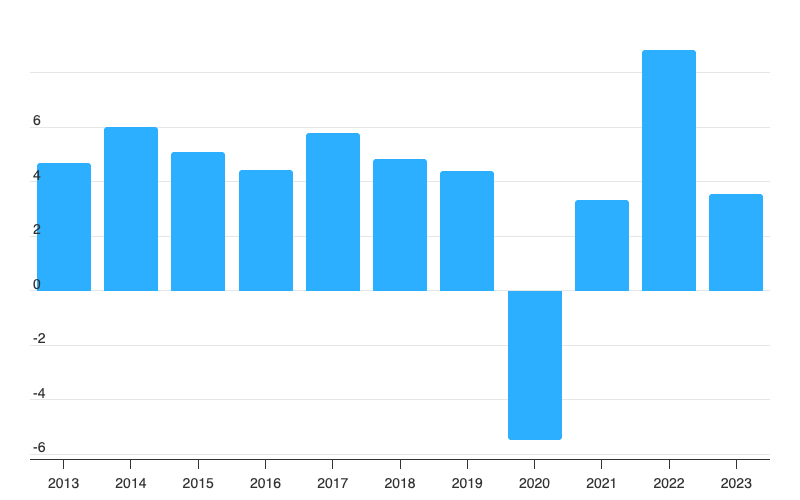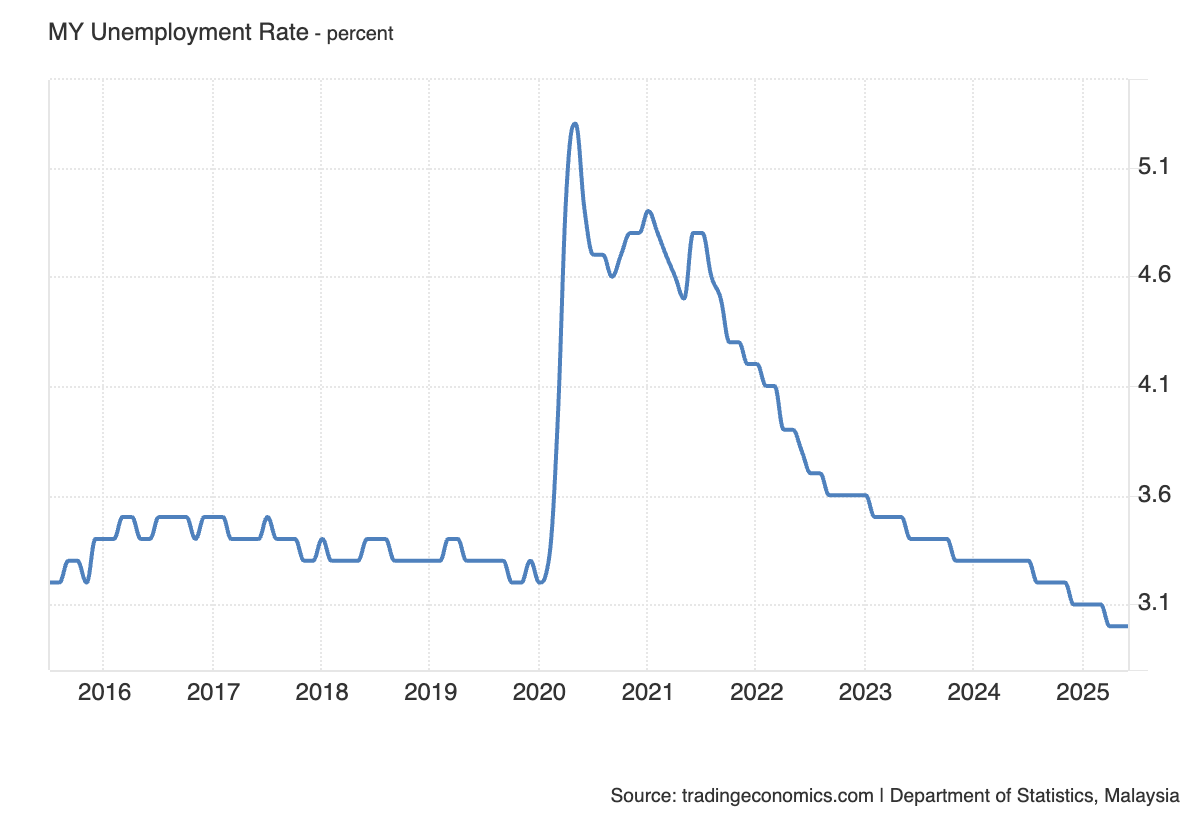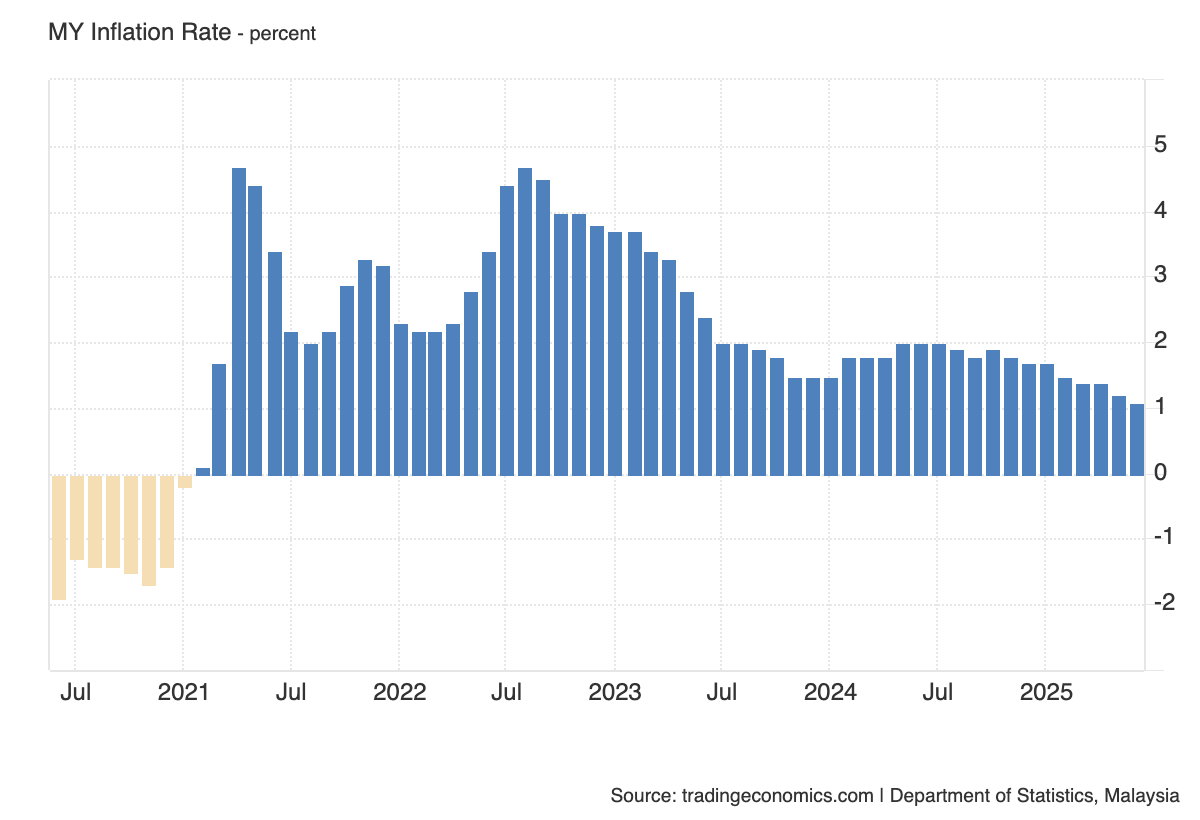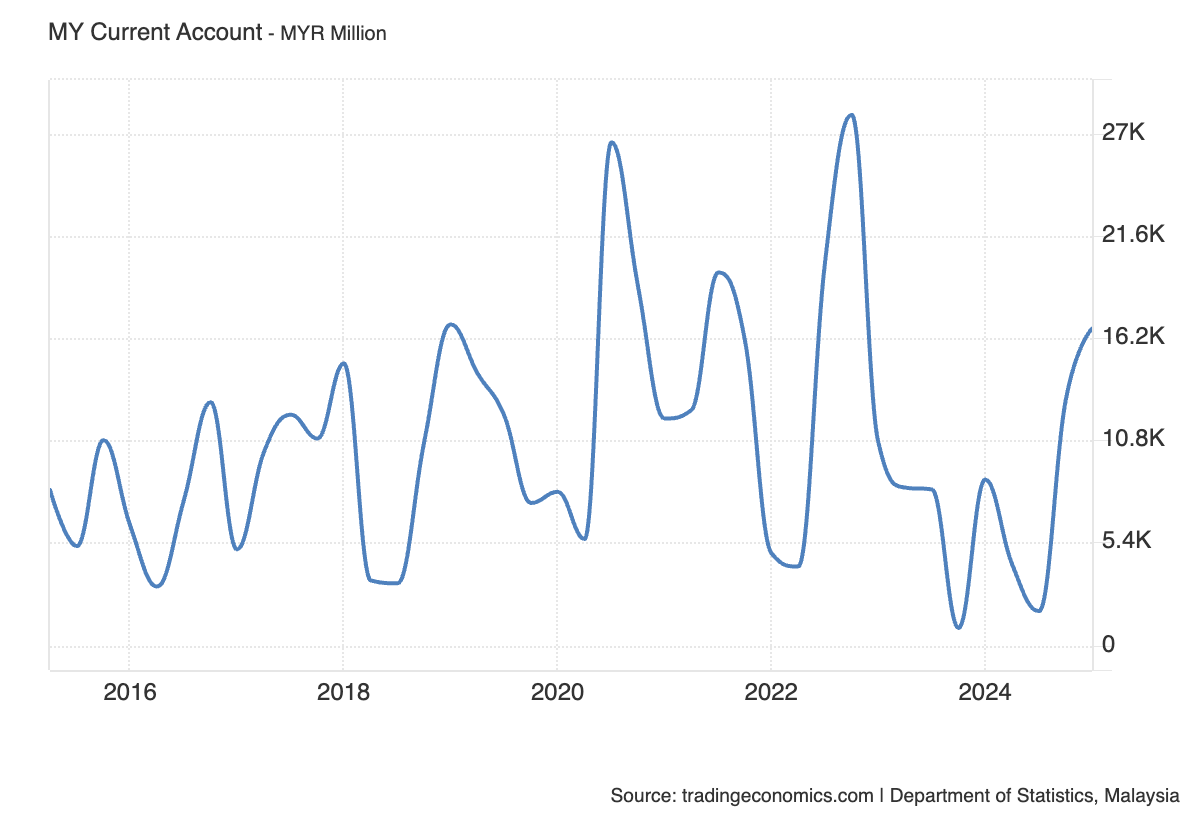Syllabus Edition
First teaching 2025
First exams 2027
Macroeconomic Aims (Cambridge (CIE) IGCSE Economics): Revision Note
Exam code: 0455 & 0987
An introduction to macroeconomic aims
The macroeconomic aims of government are the main long-term objectives they strive to achieve to promote a healthy and sustainable economy
They include:
Economic growth
Increasing the total output of goods and services over time
Full employment / low unemployment
Ensuring that as many people as possible who are willing and able to work have jobs
Stable prices / low inflation
Keeping the general level of prices steady to protect purchasing power
Balance of payments stability
Maintaining a healthy trade and financial position with the rest of the world
Redistribution of income
Reducing excessive inequalities in income and wealth
Environmental sustainability
Supporting growth that preserves natural resources and protects the environment
Economic growth
Economic growth is a central macroeconomic aim of most governments
Many developed nations have an annual target growth rate of 2-3%
This is considered to be sustainable growth
Growth at this rate is less likely to cause excessive demand pull inflation
Politicians often use it as a metric of the effectiveness of their policies and leadership
Economic growth has positive impacts on confidence, consumption, investment, employment, incomes, living standards and government budgets

Source: Macrotrends (opens in a new tab)
Explaining Malaysia's growth trends 2013 - 2023
2014 - 2016 | 2017 - 2019 | 2020 | 2022 |
|---|---|---|---|
|
|
|
|
Low unemployment
Someone is considered to be unemployed if they do not have a job and are actively seeking one
The target unemployment rate often depends on the size of the economy
E.g. India finds a rate of 6.5% good, whereas Singapore aims for it to be under 2%
The closer an economy is to the full employment level of labour, the better (more efficiently) it is using its human resources
Within the broader unemployment rate, there is an increased emphasis on the unemployment rate within different sections of the population
For example, youth unemployment, ethnic/racial unemployment by group
In 2021, black unemployment in the USA was 8.7% and white unemployment was 4.7%
Unemployment tends to be inversely proportional to real GDP growth
When real GDP increases, unemployment falls
When real GDP decreases, unemployment rises

Source: Trading Economics (opens in a new tab)
Chart analysis
2016–2019:
The unemployment rate remained stable at around 3.3–3.5%, indicating a steady labour market
Early 2020:
Slight dip before a sharp spike to over 5% — most likely due to the economic disruption caused by the Covid-19 pandemic and lockdown measures
2021–2022:
Gradual but uneven decline in unemployment, with small fluctuations suggesting partial recovery and intermittent economic disruptions
2022–2025:
Continuous and steady decline, reaching around 3.1% in 2025, indicating strong post-pandemic recovery and possible job creation from economic reopening
Overall trend:
Long-term stability before pandemic → sharp short-term shock → gradual recovery → return to pre-pandemic unemployment levels
Low and stable rate of inflation
Most economies have a target inflation rate of 2% using the Consumer Price Index (CPI)
A low rate of inflation is desirable, as it is a symptom of economic growth
The different causes of inflation (cost-push or demand-pull) require different policy responses from the government
Demand-side policies ease demand-pull inflation
Supply-side policies ease cost-push inflation

Source: Trading Economics (opens in a new tab)
Malaysia experienced a continual deviation from the target of 2% between July 2021 and July 2023
An inflation rate in July 2022 of 4-5% was considered to be unstable, eroding household purchasing power
A low and stable rate of inflation is important, as it
Allows firms to confidently plan for future investment
Offers price stability to consumers
Balance of payments stability on the current account
The Balance of Payments (BoP) for a country is a record of all the financial transactions that occur between it and the rest of the world
The current account focuses mainly on the financial transactions related to exports and imports of goods and services
Governments aim for Balance of Payments equilibrium on the Current Account
If exports > imports it will create a current account surplus
If imports > exports, it will create a current account deficit
Each one of these conditions has advantages and disadvantages associated with it
However, a current account deficit is more problematic in the long-run than a surplus
Malaysia's current account position 2016 to 2024

Source: Trading Economics (opens in a new tab)
Chart analysis
General trend:
The current account balance has shown regular fluctuations, reflecting seasonal trade patterns and changes in global demand for Malaysia’s exports
Overall, Malaysia has maintained a surplus for most of the period, meaning it exports more goods, services, and capital than it imports
2016–2019:
Moderate surpluses with a repeating up-and-down cycle
2020:
Strong increase in surplus early in the year, likely due to reduced imports during the COVID-19 pandemic and resilient export demand for certain products such as electronics and medical gloves
2021–2022:
Sharp peaks, with one of the highest surpluses in the observed period, likely boosted by high commodity prices (e.g. palm oil) and strong electronics exports
Followed by significant drops, indicating volatility from global market shifts and possible import rebounds
2023–2024:
Marked decline in the surplus, with some quarters approaching very low or near-zero balances, possibly due to falling commodity prices, weaker export demand or higher imports as domestic demand recovered
Late 2024:
Strong rebound in the current account surplus, signalling a recovery in export performance or a reduction in imports
The redistribution of income
The redistribution of income aims to reduce income inequality in an economy
High levels of income inequality can create social unrest which may ultimately lead to revolutions
Perfect income equality is not desirable, as it removes the incentive to work and study
Governments aim to redistribute income by taxing the wealthy and providing welfare payments to the poor
Unchecked capitalism has a natural outcome of high income inequality
The wealthy are able to keep buying factors of production
The concentration of ownership becomes more and more narrow, with fewer individuals owning the bulk of the world's wealth
There is a need for governments to intervene to maintain acceptable levels of income inequality
Absolute poverty is usually worse in developing countries. However, in a developed economy such as Germany, a 1% increase in income inequality can push a lot more households into relative poverty
Environmental sustainability
Environmental sustainability aims to ensure that economic growth and development do not deplete natural resources or cause long-term damage to the environment
Perfect environmental preservation is not possible, as some resource use is inevitable in any economy, but the aim is to keep resource consumption within levels that the planet can naturally replenish
Unchecked industrial activity can lead to pollution, resource depletion and climate change, all of which can harm future generations
Environmental degradation often disproportionately affects poorer countries, which may lack the infrastructure or governance to mitigate the effects of, for example, rising sea levels or extreme weather events
Governments aim to protect the environment through legislation, regulation and incentives
For example, setting emissions limits, taxing pollution or subsidising renewable energy
Unchecked capitalism has a natural outcome of overusing common resources as firms and individuals pursue short-term profit without considering long-term environmental costs
There is a clear need for governments to intervene to protect biodiversity, reduce greenhouse gas emissions and promote sustainable consumption and production patterns

Unlock more, it's free!
Did this page help you?